To stop, or not to stop – that is the question
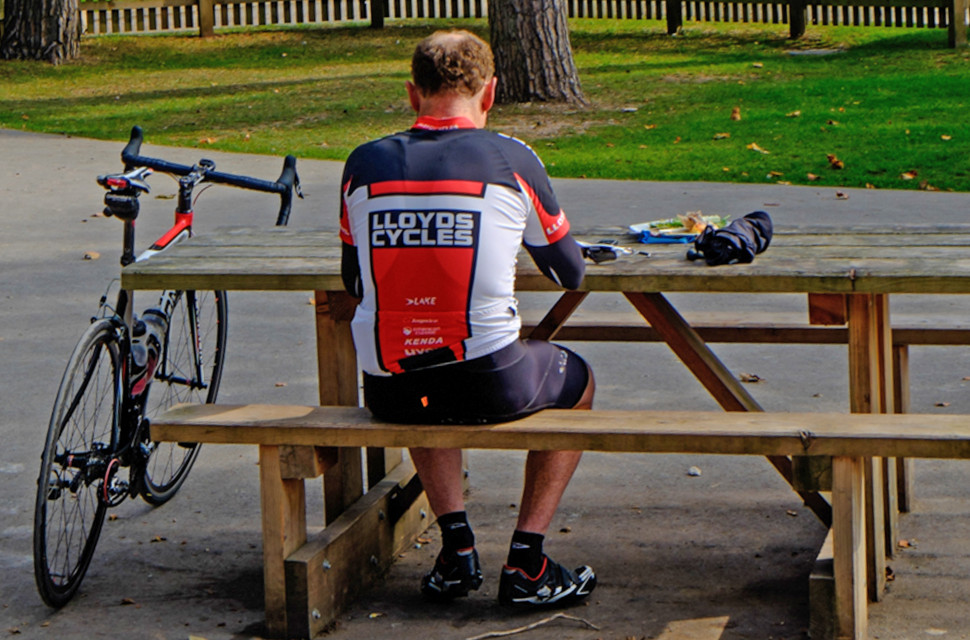
By Steve Thomas
During the summer months, I always avoid stopping during rides if at all possible. It's a definite no to stops from me when it comes to cold and wet winter rides. Sure, at times, interruptions are unavoidable, but keeping any of those stops to a minimum or negating the likelihood of having to stop at all is something that is well worth doing, even if it can seem a tad anti-social at times.
- The goodness of winter gravel riding
- Our top tips for enjoying the winter mud
- How to set up your mountain bike for winter - top tips to get through the slop
For many riders, the café stop, the photo stop, the technical sector chat and debrief are all part of the social experience of riding off-road. However, during the winter, it's not always a wise thing to do. Personally, for cold-weather rides, I prefer to either ride solo or with just a very small group of a similar pace range and with the same non-stop philosophy.
Keep it rolling
Why? Well, there are numerous reasons, and most are directly related to getting cold and the possible or probable consequences of that. Mountain bikers tend to ride at a slower pace compared to road cyclists. That slower pace means that you've probably put in some higher intensity bursts and sweated more due to having less natural cooling from riding faster into the wind.
This can also mean that you reach the tops of climbs hotter and more sweaty than you might be on a road ride. Then if you need to hang around waiting for other riders, you will inevitably cool down into that sweat. This is not ideal, especially if you're riding out onto a chilly moorland trail or diving downhill.
Group rides can be great fun, but the bigger and more varied the group and their ability range, the more likely you will stop during a ride. As much as it can be a morale booster at times, it's often best to try and be selective on who you ride with during the winter months, especially when it's really wet, hilly or technical.
Dressed to chill
Obviously, clothing choice is something you really need to pay attention to during the winter. It's very easy to misjudge conditions and then head out overdressed and find yourself in a sweat bath after a climb.
It's a good idea to have a thin top layer and remove it as soon as you start to warm up. If you end up stopping for any length of time, that sweat bath soon turns into a chilled ice bath. This is not only uncomfortable; it can come with serious chills and potentially lead to developing a full-on cold.
We all know how it feels trying to get motivated again after a toasty teacake stop in a sauna-like corner of a café. It's not something I've ever relished or taken to doing on a regular basis, especially when it's wet – which, for me, is always so much worse than dry cold.
Non-stop route planning
In order to reduce the potential of stopping during winter, it's always a good idea to plan your ride routes well. Build-in escapes and cut off options, just in case you do find yourself knee-deep and wading through frozen bogs or shuddering through the chilling fog while trying to read maps and apps.
Steady, safe, lower and drier trails and easy cut back options is always a good plan for keeping rolling and safe in winter.
The social stops
Café stops are best planned for the end of a winter ride when you've managed to slip into some warm and dry kit. If you foresee potential café stops, packing a dry undervest and a small camping flannel in a plastic bag and then quickly swapping out your sweaty base layer is a good way to stay healthier. This doesn't take up much space in your bag or rear pocket and can be a game saver.
The temptation is often to either strip right off or bundle yourself up in a warm jacket when stopping and going into a cafe, as it feels nice and toasty. However, that wind jacket can turn into a boil in the bag scenario. Your metabolism tends to work overtime for a while when you pull on the brakes and stop moving, meaning that you keep sweating and will then rapidly chill off.
I'd always try to switch out that base layer a few minutes after stopping, as your system adapts (otherwise, you could sweat it out). Try to avoid the extra jacket until you start moving again, and then only for a short time until you warm up.
A gilet is usually a much better option for regulating your body temperature, as it vents your armpits much better. If you can cut out the mid-ride café stop altogether, then that's best. Making sure that you have enough fluids and a few easily accessible sweet treats to hand is always a good move and can help you get through a ride without the need to stop off and refuel.
The pit stops
Keeping on top of your bike maintenance and using reliable equipment is also essential during winter. This really helps to minimise potential trailside puncture and mechanical stops, which inevitably mean gloves off time and fumbling digits.
These stops can be even worse for those standing around waiting for that mini pump to do its job. Of course, the more riders in a group, the more potential mechanical stops there will be.
Stay safe, stay warm and keep on rolling through the winter – a treat at the end of a ride is so much more rewarding when you're warm and dry and when you don't have to go back out into the cold.




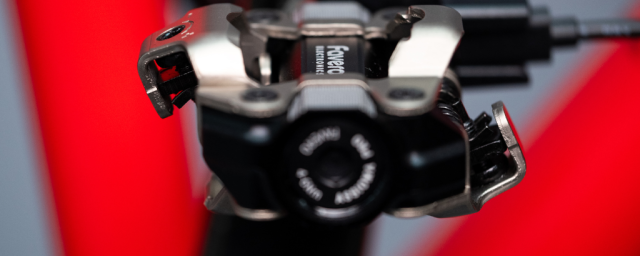
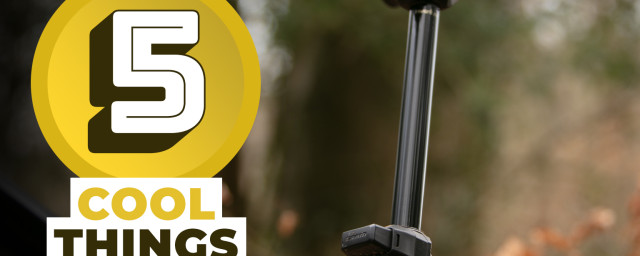
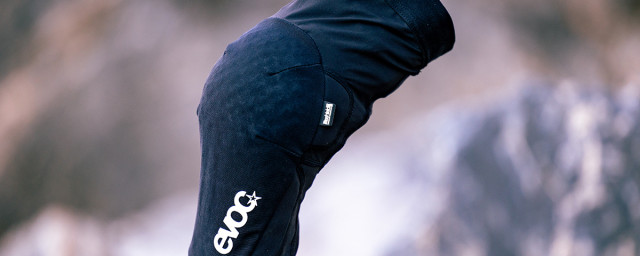
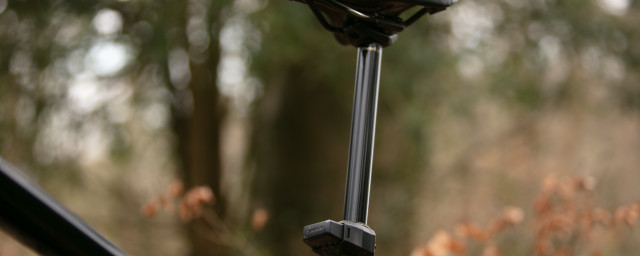
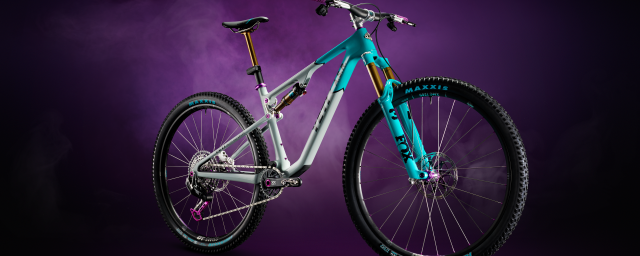
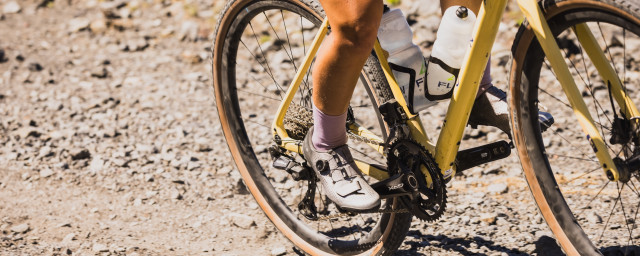
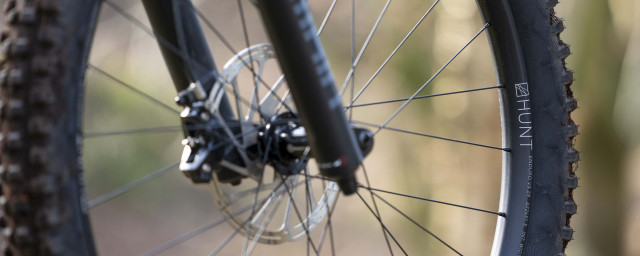
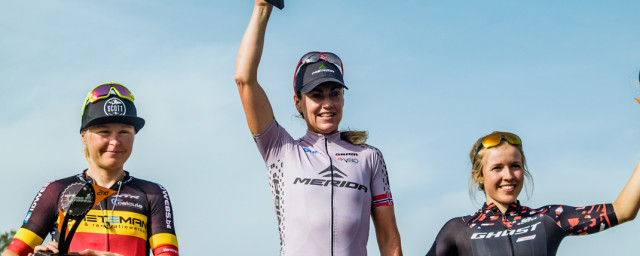
3 comments
I must agree seems a bit like talking to a mirror.
Also seems a bit grumpy imo.
Why would someone who self-confessedly never stops on rides, summer or winter, write an article about whether to stop on a ride or not?
I tend to stay outside when the group stops at the halfway point As then you don't have to get used to the temp again when we set off